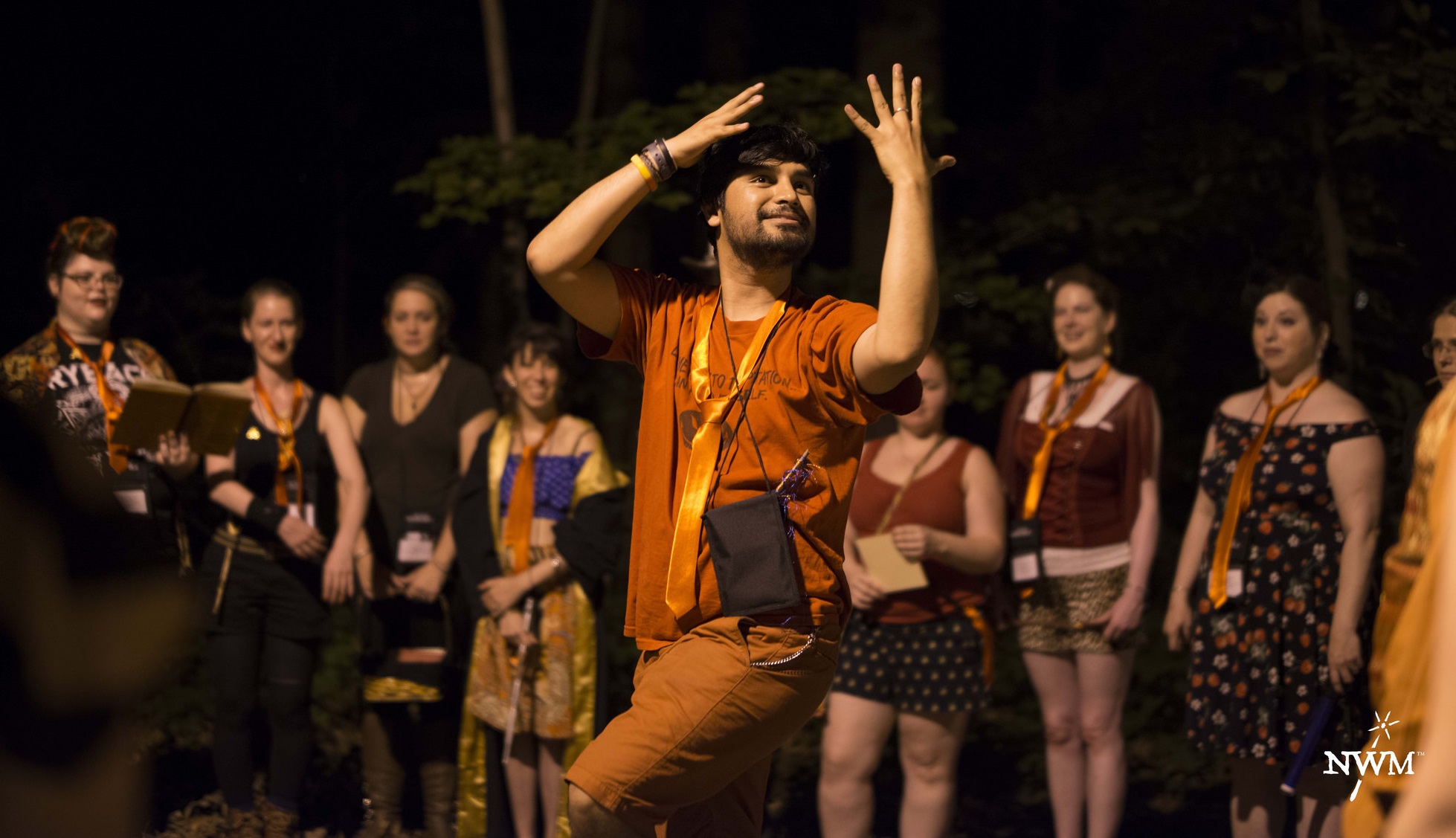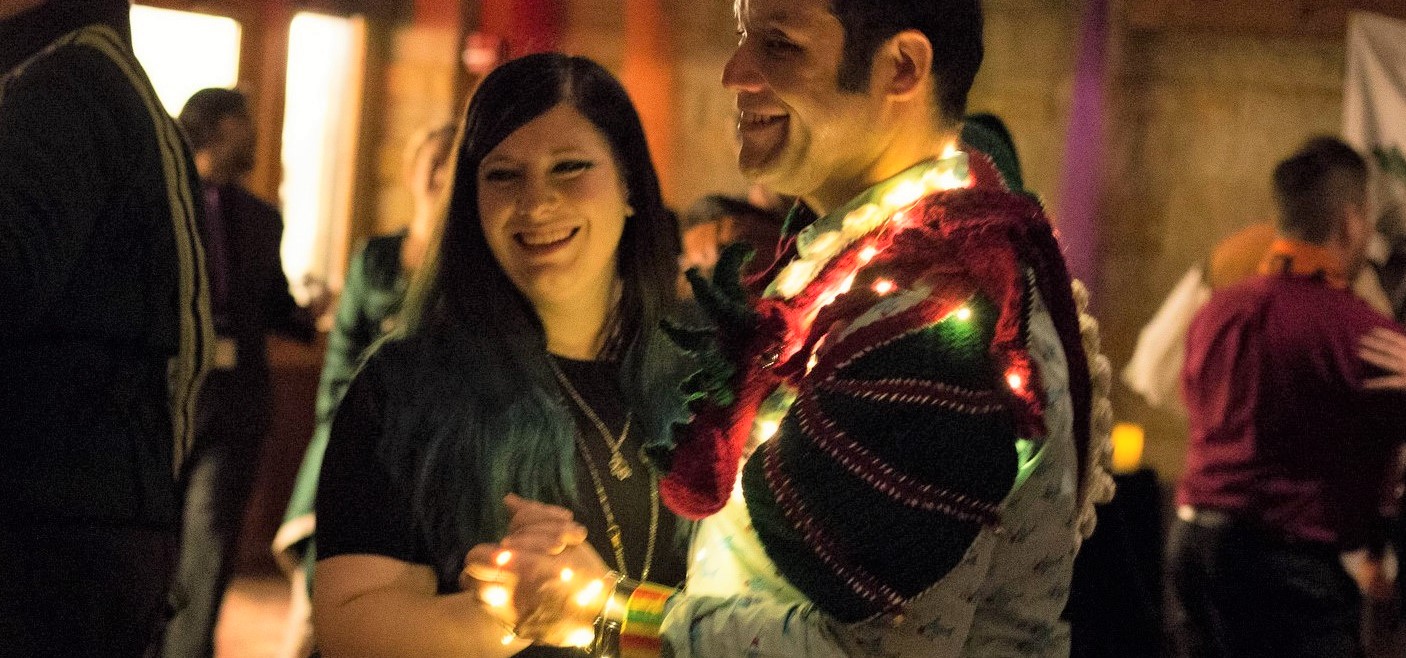Tag: Safety
-

19 Truths about Harassment, Missing Stairs, and Safety in Larp Communities
in
This article presents a Series of Truths about harassment, missing stairs, and community safety that exist in larp communities around the world.
-

Creating a Culture of Trust through Safety and Calibration Larp Mechanics
in
When Ben Morrow and I decided to offer a College of Wizardry-like experience in North America in April 2015, we knew we had our work cut out for us. Not only did we need to form a larp production company, secure the venue, build the costumes, obtain props, find players, and all the other duties
-

Eirik Fatland on Safety
Famous larp theorist Eirik Fatland has written a piece about safe words and safety at larps. Here is the first paragraph of his text: So, there is a fairly standardized pair of safewords used at a lot of larps around here – “kutt” which means “Cut! Stop!” and “brems”, which literally translates as “brake!” and

